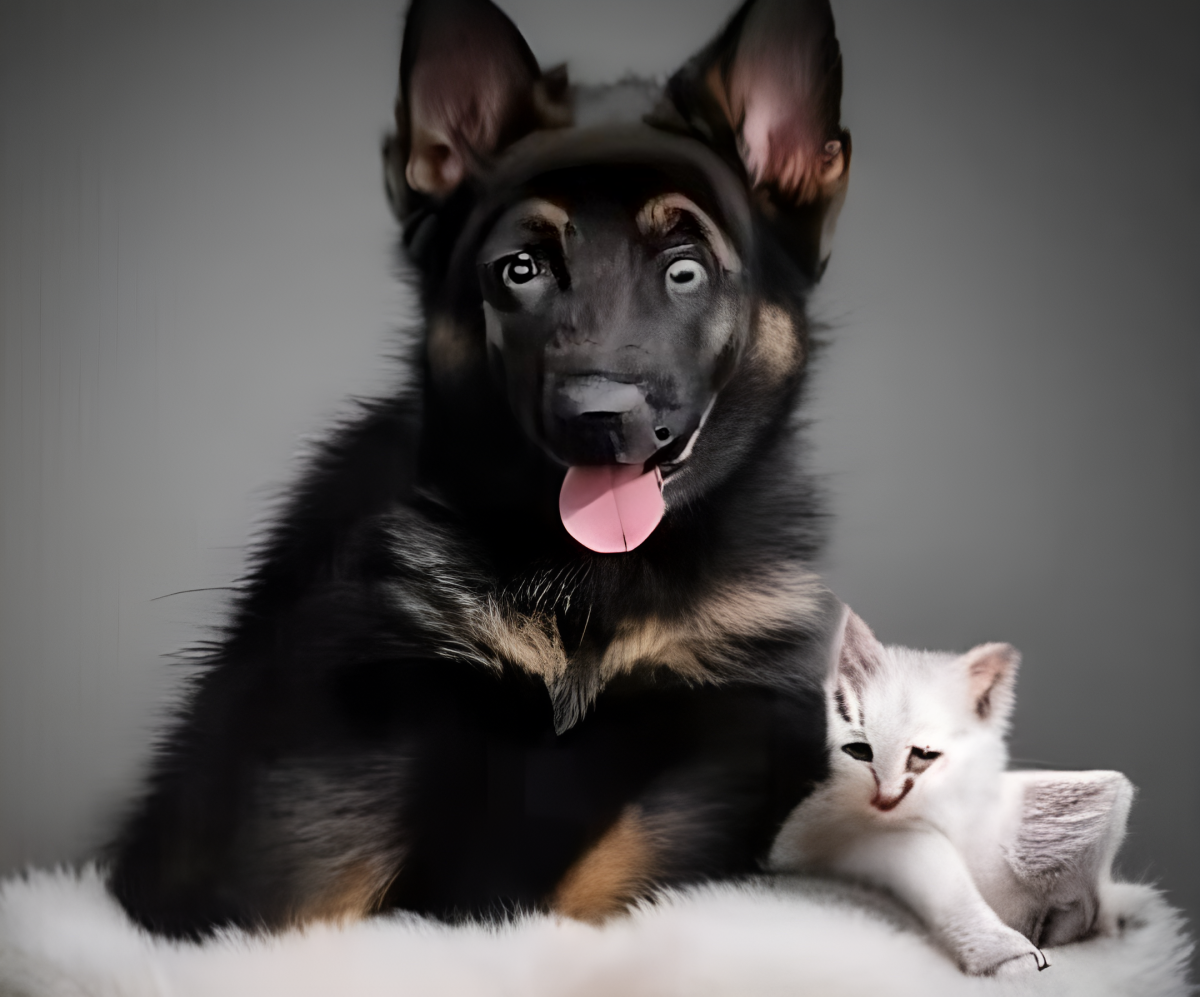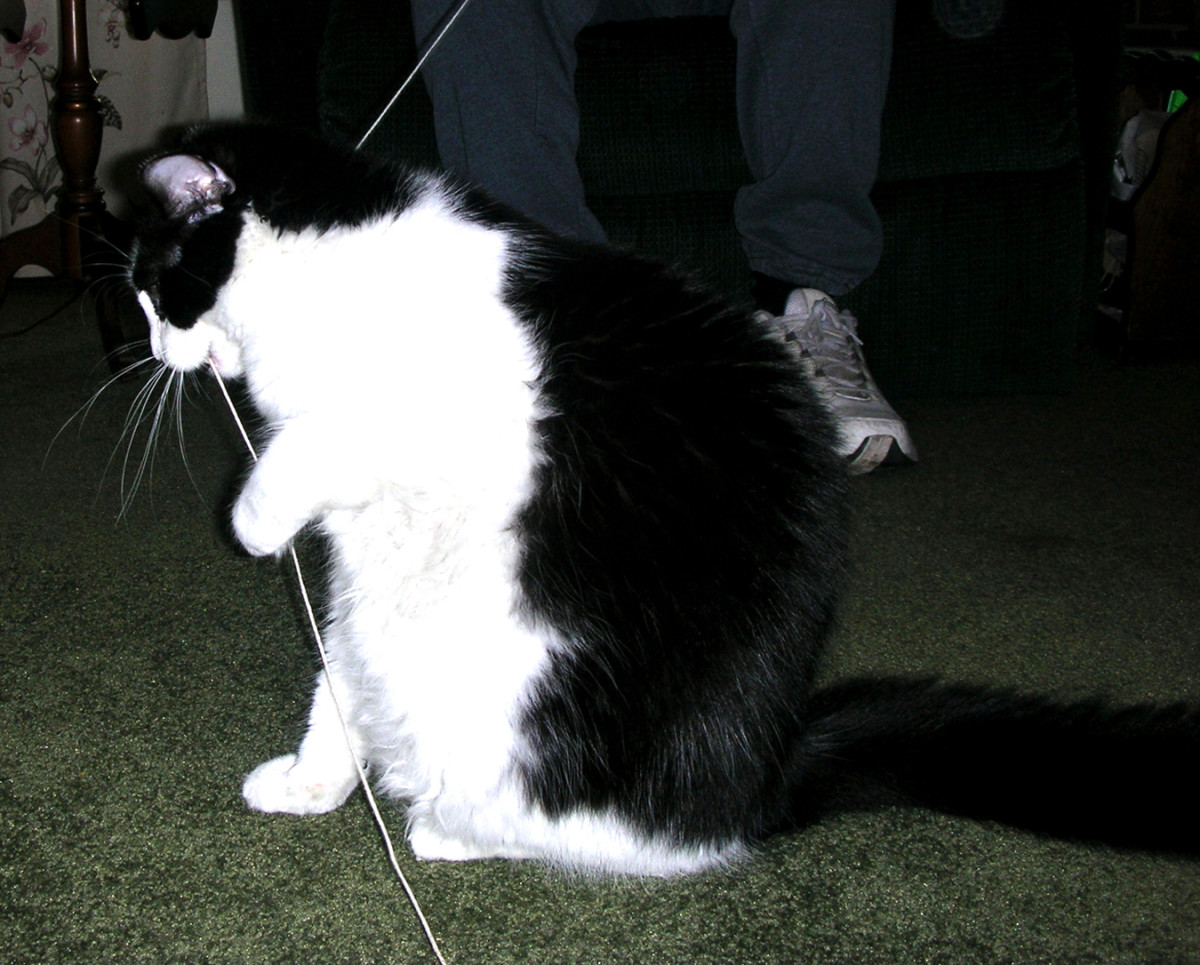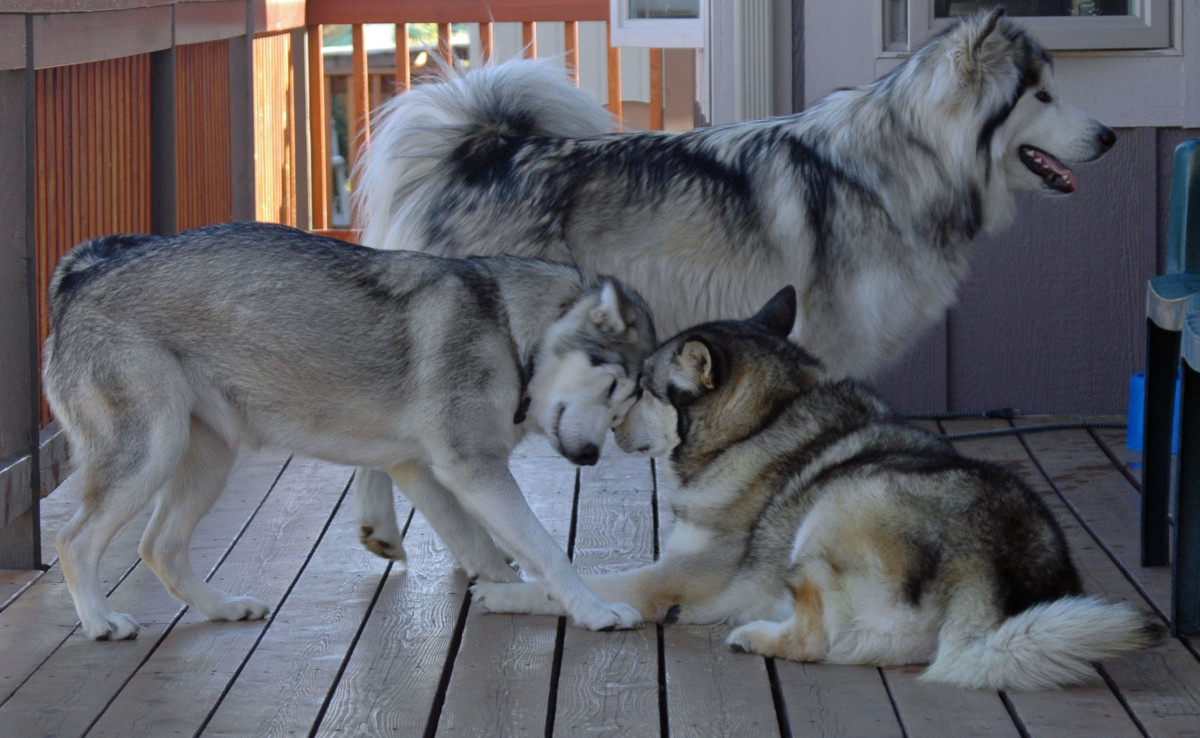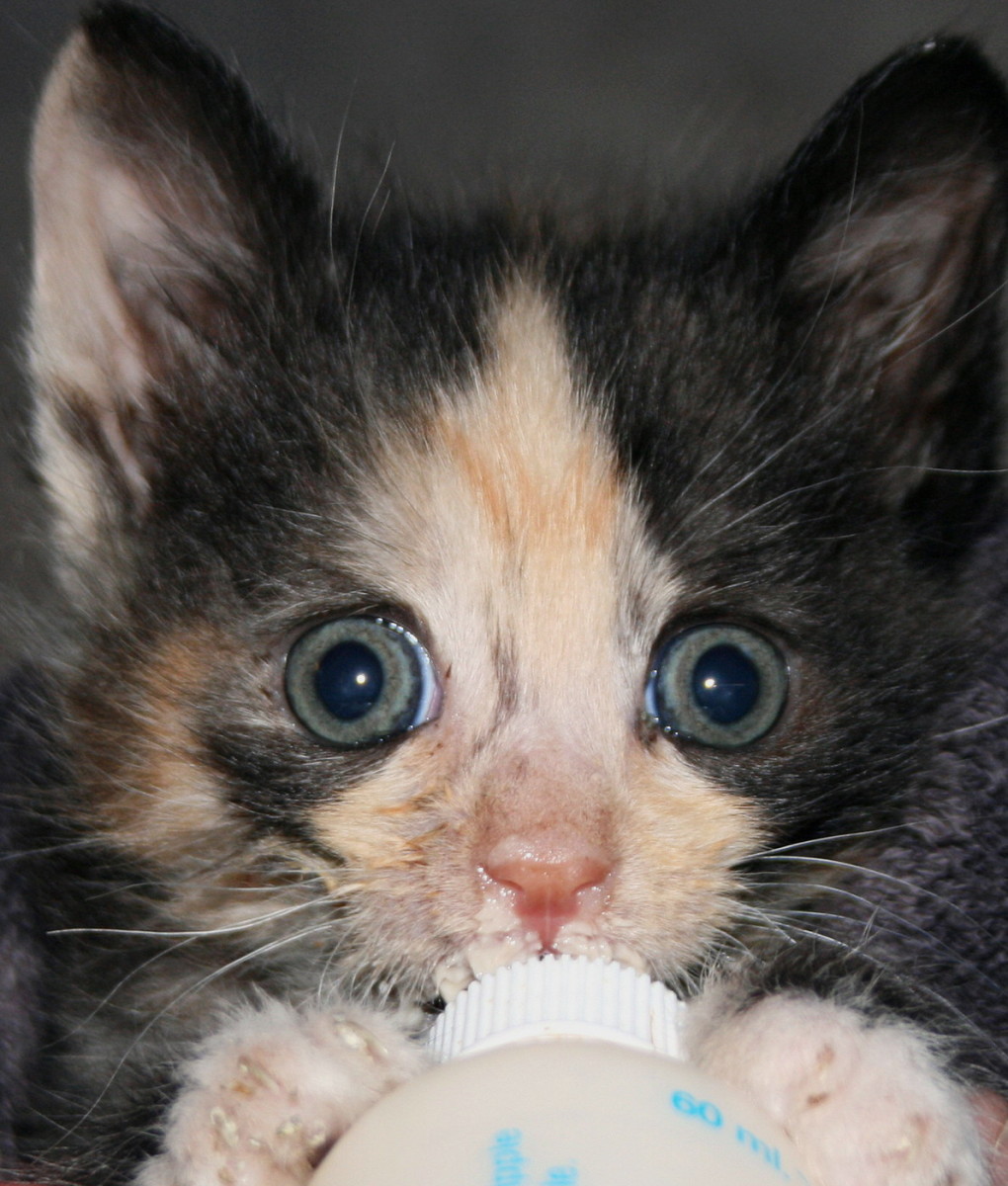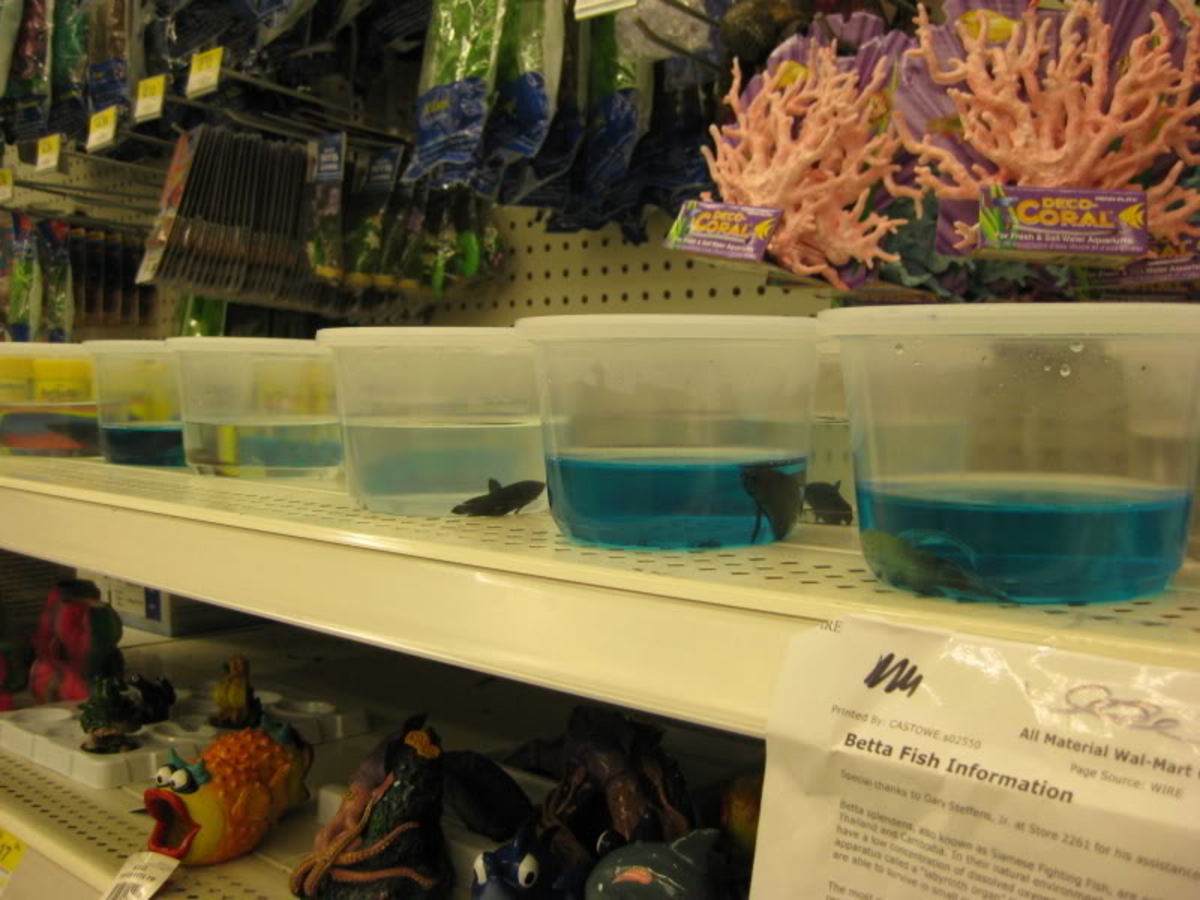How to Tell if Your Pet is in Pain
Pain indications may be pretty evident or very subtle
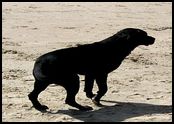
Pain is not only a physical condition found in humans, rather it affects our household pets as well. The only difference is that as humans, we are equipped with better means to communicate our painful status, while pets are harshly penalized because of their lack of voice. However, pets are blessed with another method of communication that as pet owners we must learn to read, this subtle language is referred to as body language.
In some cases, pain is pretty evident in our companion animals. However in others, it may be quite subtle. Cats in particular are very stoic creatures, being in pain in their view is a weakness. Therefore, these secretive creatures try to hide it as much as possible. Some dogs as well are pretty strong in hiding their pain, often camouflaging it very well. Following are some evident and less evident signs of pets being in pain.
Vocalization
Vocalization is the next best thing to human talking. Pets that are hurt often will vocalize their pain making it easy for owners to know they are hurting. A typical scenario is a dog yelping suddenly upon stepping on something sharp or a cat growling upon being touched. The pain may be just temporary or it may be ongoing. A pet in pain may whine, yelp, howl, whimper, groan, grunt or growl.
Hiding
This takes place mostly in cats. As explained earlier, cats see pain as a weakness making them prone to predators. Therefore, one of the first things a cat instinctively does when in pain is to look for a great place to hide. This often translated as well in not coming out to eat, drink or use the litter box. Sometimes, geriatric cats will hide to find a place to die.
Change in Posture
A pet in pain may appear in hunched up position, he or she may not put weight on a leg or the pet may just lay on its side sleeping more hours than usual. Changes in posture are due to the fact that pet tries its best not to put weight on a painful limb or to avoid laying down on a body part that hurts.
Behavior Changes
A pet in pain may change behavior. It is not unheard of a friendly dog turning into a vicious one when he is approached when in pain. Cats may growl or scratch and bite upon being picked up and dogs may guard their injury by baring teeth to anybody trying to approach him. Some pets may appear restless, repeatedly getting up and laying down or may pace more. Some pets may simply hide to avoid being bothered.
Routine Changes
A pet not feeling well and in pain will generally sleep more, eat/drink less and in some cases even have bladder or bowel movements in the wrong places. Cats may not be seen for hours and dogs may not appear to be their usual social beings. Such routine changes are red flags quite easy to interpret.
Physical Changes
Cats in pain often may not tend to their grooming session as usual, therefore, their coat may seem to lack its normal luster and in some cases the fur may become dull. Dogs may pant more even without being exercised or without hot weather. Some pets may shake and tremble.
Over Grooming
Dogs and cats have an instinct to overly groom a spot when it hurts or itches. Both dogs and cats with urinary tract infections may be found licking their genitals, or they may lick continuously a paw that hurts. Often the area being painful can easily be recognized by simply looking at the area the pet is licking excessively.
As seen, there are various ways pets are able to tell their owners something is wrong. It is up to the owner therefore to pick up the cues and have a veterinarian investigate, diagnose and properly treat the source of pain.
For Further Reading
- Can Cats Take Human Pain Relievers?
As a loving and caring pet owner, you may feel compelled to seek some sort of relief for your suffering cat. The temptation therefore, to head towards the medicine cabinet and give some over the counter... - Giving aspirin to your dog
Medically better known as Acetylsalicylic Acid, Aspirin has been used by humans for a very long time for the relief of many painful conditions. Nowadays, even our canine companions may benefit from its many...

